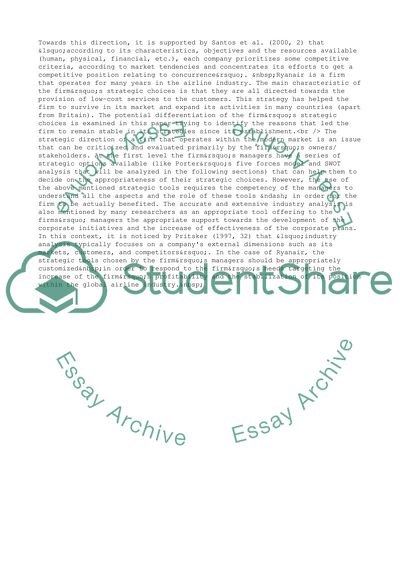Cite this document
(Strategic Management Trends in the Low Cost Airline Industry the Case Study - 3, n.d.)
Strategic Management Trends in the Low Cost Airline Industry the Case Study - 3. Retrieved from https://studentshare.org/business/1544719-business-management
Strategic Management Trends in the Low Cost Airline Industry the Case Study - 3. Retrieved from https://studentshare.org/business/1544719-business-management
(Strategic Management Trends in the Low Cost Airline Industry the Case Study - 3)
Strategic Management Trends in the Low Cost Airline Industry the Case Study - 3. https://studentshare.org/business/1544719-business-management.
Strategic Management Trends in the Low Cost Airline Industry the Case Study - 3. https://studentshare.org/business/1544719-business-management.
“Strategic Management Trends in the Low Cost Airline Industry the Case Study - 3”. https://studentshare.org/business/1544719-business-management.


